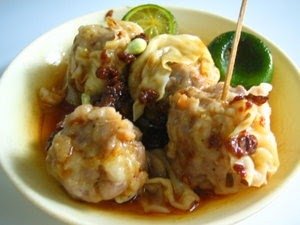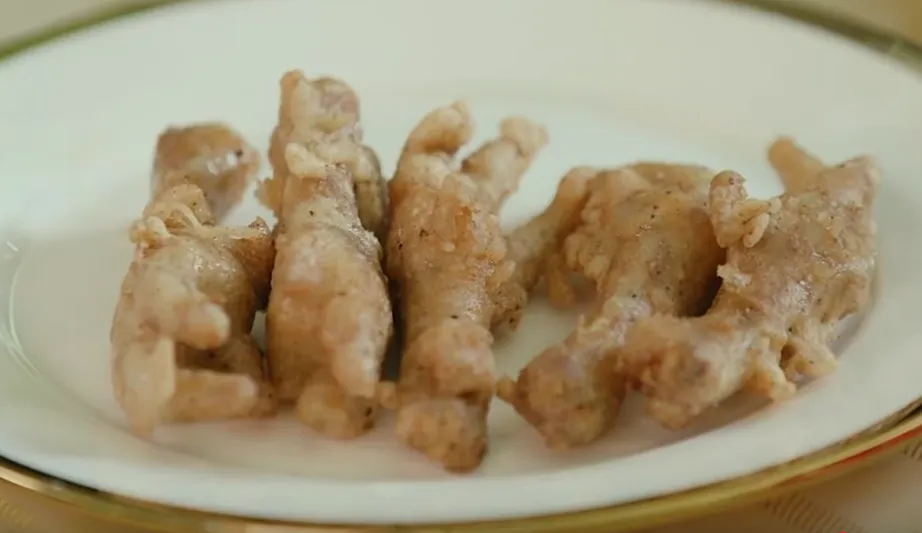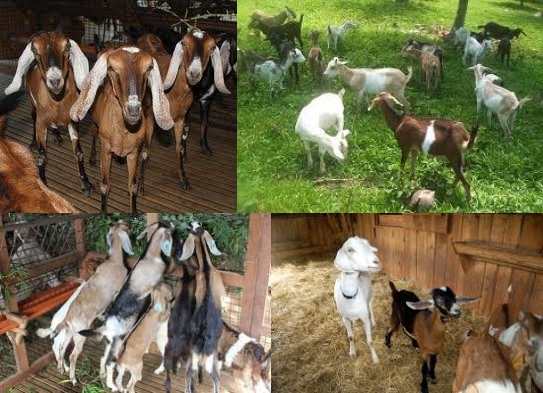


it’s a regular Thursday. You’re stuck in traffic on Main Boulevard, the sun’s doing its usual Lahore thing (burning you alive), and your brain’s just… …

Pitching a press release for free coverage requires more than simply sending out an announcement. Reporters get hundreds of emails a day, so a good …

In the evolving world of finance, one of the most exciting innovations is the rise of embedded finance. This trend is transforming how financial services …

(Updated) Siomai, a type of traditional Chinese dumpling served in dim sum, has become a beloved part of Filipino cuisine. Today, it’s not just a …

Hamour fish, also known as grouper, is a popular seafood delicacy in the Middle East, especially in the Gulf region. Known for its mild flavor …

(Updated) Mangosteen (Garcinia mangostana L.) is renowned for its exquisite flavor and numerous health benefits, making it one of the most highly valued tropical fruits. …

The United Arab Emirates has quickly become one of the most attractive business hubs in the world, thanks in part to its many free zones …

Mangosteen (Garcinia mangostana L.) is a tropical fruit highly prized for its sweet and tangy flavor. Traditionally, inorganic fertilizers have been the go-to solution for …



